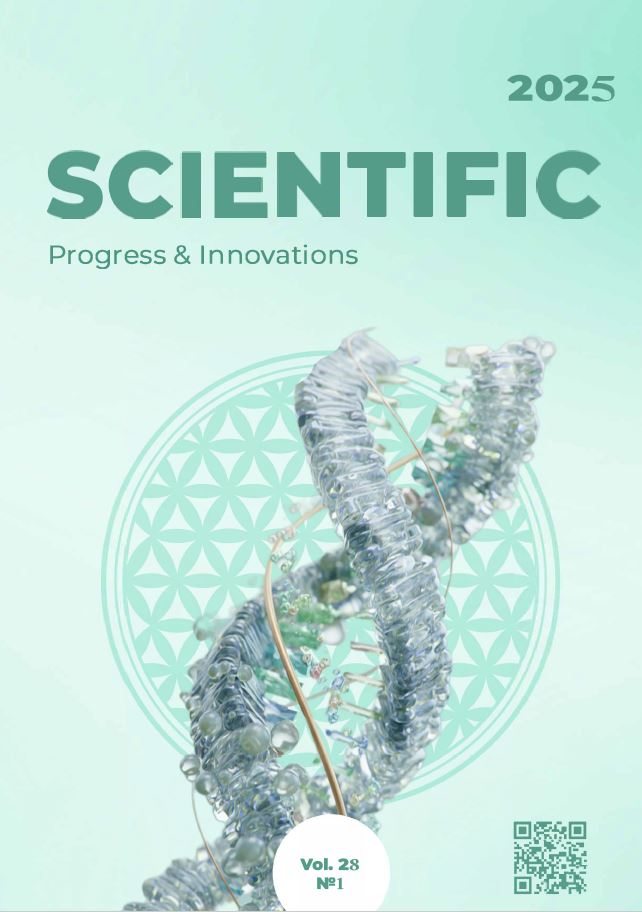The effect of some materials such as NaCl and acetic acid on bacterial growth
DOI:
https://doi.org/10.31210/spi2025.28.01.41Keywords:
Bacterial infection, antimicrobial, zone of inhibition, Gram staining, Salt and Acid SolutionAbstract
This observe investigates the anti-bacterial effectiveness in response to salt and acid conditions by exploring both action measures and their impact on bacterial survivability. The osmotic stress created by salt-containing solutions, as well as sodium chloride (NaCl) solutions outside bacterial cells, leads to dehydration of cells through hypertonic environments. External water movement from cells leads to mobile dehydration and plasmolysis and disrupts essential bacterial activities including nutrient transport and enzyme interest as well as DNA replication. Acidic solutions work to decrease outside pH which results in acidifying the bacterial cytoplasm. Healthy bacterial cells experience disruption of membrane pressure through proton loss which triggers damage to metabolic processes before leading to deadly cellular destruction. The research implements microbiological methods including purification steps combined with Gram staining and traditional plate counts to detect bacterial populations before studying salt solution and acid solution inhibitory effects on bacterial growth. Gram staining helps determine whether microorganisms belong to the Gram-high quality or Gram-negative bacterial category which lets researchers comprehend better how different species react to these medications. The standard plate rely method measures bacterial cells before salt and acid treatments to determine how these solutions perform against bacterial growth. Also, the study investigates the persistent effects of salt-acid mixtures, as well as concentration on results, duration of exposure and the influence of bacterial types. Conclusion applies in additional research into the acid and salt solutions antimicrobial system, with probable application in the design of food preservation, disinfection in the medical field and developing antibacterial strategies. This research emphasizes the position of environmental factors in the life cycle of bacteria and points towards the practical way to avoid bacterial growth in different surroundings.
Downloads
Published
How to Cite
Issue
Section
License
Copyright (c) 2025 Scientific Progress & Innovations

This work is licensed under a Creative Commons Attribution 4.0 International License.

 Creative Commons Attribution 4.0 International Licens
Creative Commons Attribution 4.0 International Licens